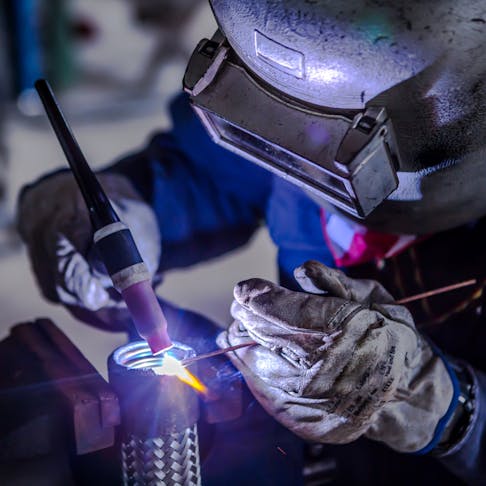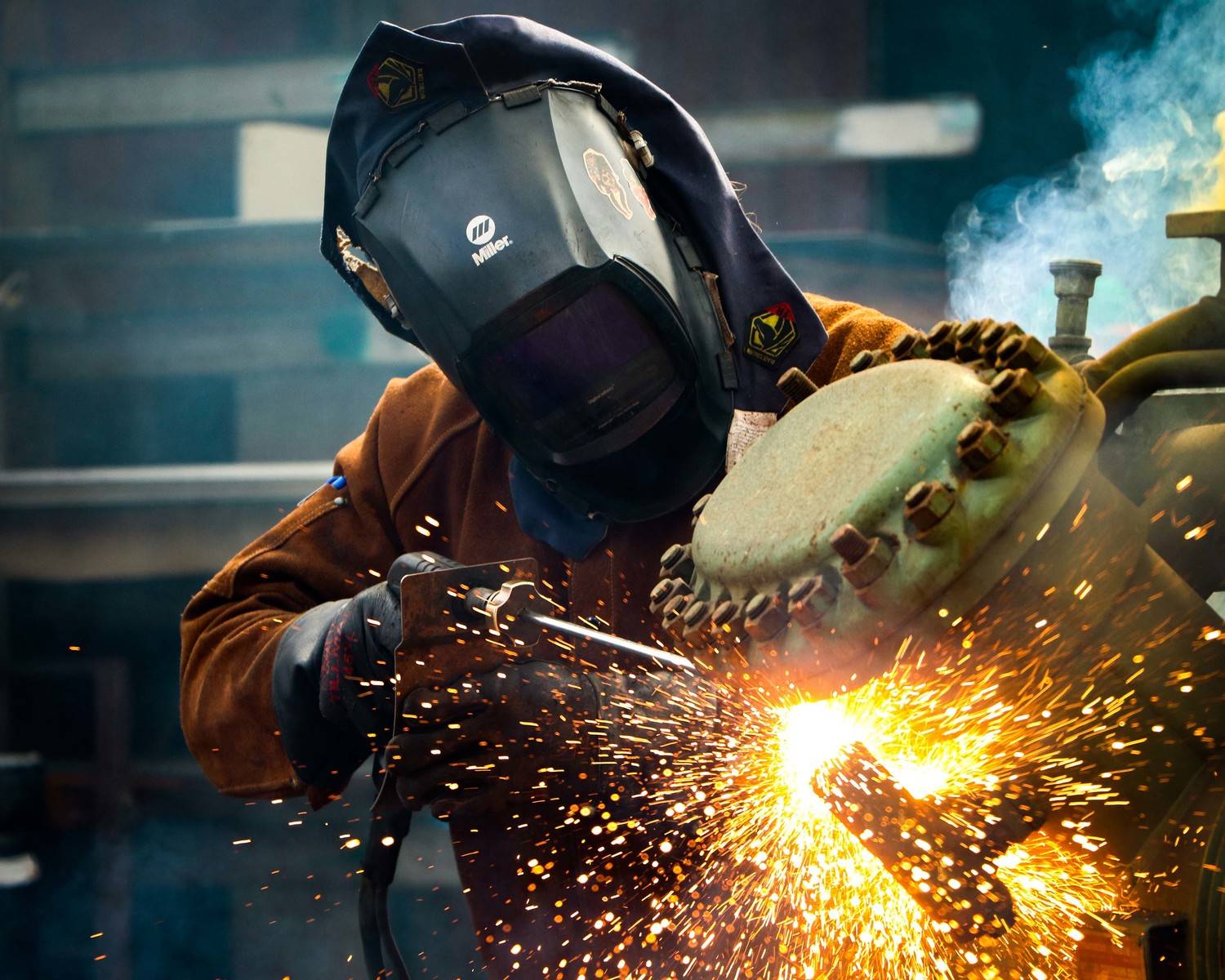Welding WPS Explained: Key Parts and Benefits for Your Welding Procedures
Welding WPS Explained: Key Parts and Benefits for Your Welding Procedures
Blog Article
The Ultimate Overview to Welding WPS Procedures: A Comprehensive Review for Welders
In the detailed world of welding, Welding Procedure Specifications (WPS) offer as the backbone of making sure top quality, uniformity, and safety in welding procedures (welding WPS). As we dive right into the numerous elements of a WPS and explore the complexities of credentials and accreditation, we will reveal the essential role these treatments play in the world of welding.
Relevance of WPS Procedures
Recognizing the significance of Welding Treatment Specifications (WPS) treatments is vital for making sure the top quality and stability of bonded frameworks. WPS procedures work as a roadmap for welders, describing the necessary steps, specifications, and materials called for to accomplish a sound weld. By adhering to WPS guidelines, welders can ensure consistency in their work, bring about structurally sound and reliable welds.
Among the key reasons WPS treatments are necessary is their role in preserving weld quality and stability. Adhering to the defined welding parameters and techniques outlined in the WPS assists stop problems such as porosity, fracturing, or insufficient fusion, which can endanger the stamina and sturdiness of the weld. Additionally, WPS treatments are essential for making sure compliance with sector requirements and codes. By following established WPS guidelines, welders can show that their work satisfies the required demands for safety and top quality, supplying guarantee to customers, inspectors, and governing bodies. Fundamentally, the relevance of WPS procedures can not be overstated, as they are fundamental to achieving consistent, top quality welds that fulfill market standards and specs.

Elements of a WPS
A Welding Procedure Requirements (WPS) commonly consists of important parts that information the certain demands for performing a weld, ensuring consistency and high quality in the welding procedure. The essential components of a WPS consist of crucial variables such as base metals, filler metals, interpass and preheat temperatures, welding procedures, securing gases, welding positions, and post-weld warmth therapy requirements.
Base steels describe the materials being joined, while filler steels are made use of to load the gap in between the base metals during welding. Preheat and interpass temperatures are essential for managing the warmth input and preventing issues like breaking or distortion. The welding process lays out the particular method to be made use of, whether it's gas steel arc welding (GMAW), shielded metal arc welding (SMAW), or another method. Protecting gases secure the weld pool from climatic contamination. Welding positions define the orientations in which welding can be carried out. Post-weld warmth treatment may be required to eliminate tensions and boost the weld's properties. A complete understanding of these parts is essential for producing a extensive and effective WPS.

Credentials and Accreditation
Having developed the necessary elements of a Welding Procedure Spec (WPS), the emphasis currently moves towards the vital aspects of credentials and accreditation in welding techniques.

Qualification, on the various other hand, is the formal acknowledgment of a welder's certifications by a pertinent qualification body or company. Welding accreditations are generally based upon the specific welding procedures, products, and positions a welder is certified to collaborate with. Holding a valid welding certification demonstrates that a welder satisfies industry standards and is visit our website qualified to do welding jobs to the needed specifications.
Producing a WPS
To develop a Welding Treatment Specification (WPS) her response that fulfills industry criteria, careful factor to consider of welding procedures, products, and operational parameters is crucial (welding WPS). The primary step in creating a WPS is to determine the welding procedure to be made use of, such as gas steel arc welding (GMAW) or secured steel arc welding (SMAW) Once the welding procedure is established, the next crucial facet is picking the suitable materials, thinking about aspects like base steel type, thickness, and joint layout. Functional specifications such as welding present, voltage, travel speed, and securing gas make-up should additionally be meticulously specified in the WPS.

Implementing and Keeping Track Of WPS
Upon wrapping up the extensive Welding Procedure Spec (WPS) that carefully details welding procedures, products, functional specifications, and high quality guarantee measures, the focus shifts to efficiently executing and keeping track of the well established procedures. Execution entails making certain that all welders involved in the task are acquainted with the WPS and follow it diligently throughout the welding procedure. Effective execution and surveillance of the WPS are essential for guaranteeing the stability, strength, and safety of the bonded joints, eventually contributing to the overall success of the welding task.
Verdict
Finally, understanding and complying with Welding Treatment Specs (WPS) is important for welders to guarantee top quality, uniformity, and safety and security in their work. By knowing the components of a WPS, getting proper credentials and certifications, developing in-depth treatments, and implementing and monitoring them effectively, welders can boost their abilities and effectiveness in welding practices. Complying with WPS procedures is necessary click resources for creating top quality welds and meeting sector standards.
In the elaborate world of welding, Welding Procedure Specifications (WPS) serve as the backbone of ensuring quality, uniformity, and security in welding operations. The welding procedure lays out the specific technique to be used, whether it's gas steel arc welding (GMAW), protected steel arc welding (SMAW), or one more approach.To develop a Welding Treatment Specification (WPS) that meets market requirements, mindful factor to consider of welding processes, products, and operational criteria is crucial. The first step in developing a WPS is to recognize the welding procedure to be used, such as gas steel arc welding (GMAW) or protected steel arc welding (SMAW)Upon finalizing the detailed Welding Procedure Requirements (WPS) that carefully information welding processes, materials, operational specifications, and top quality guarantee steps, the emphasis changes to successfully executing and monitoring the established treatments.
Report this page